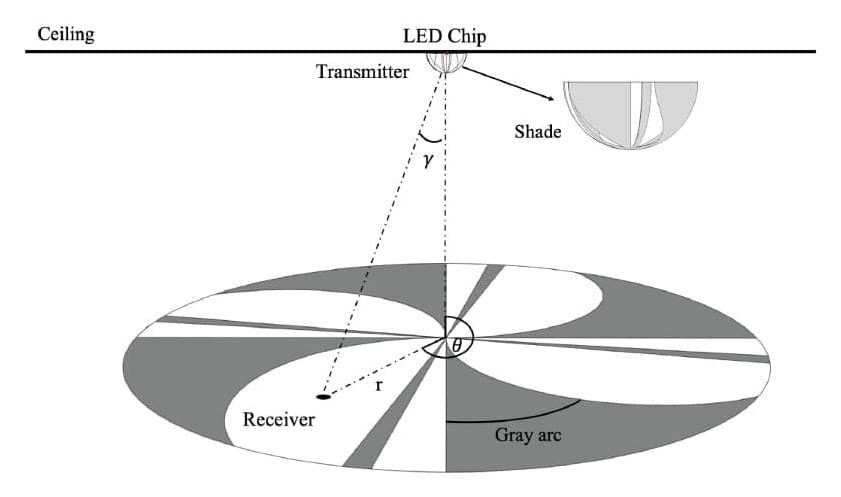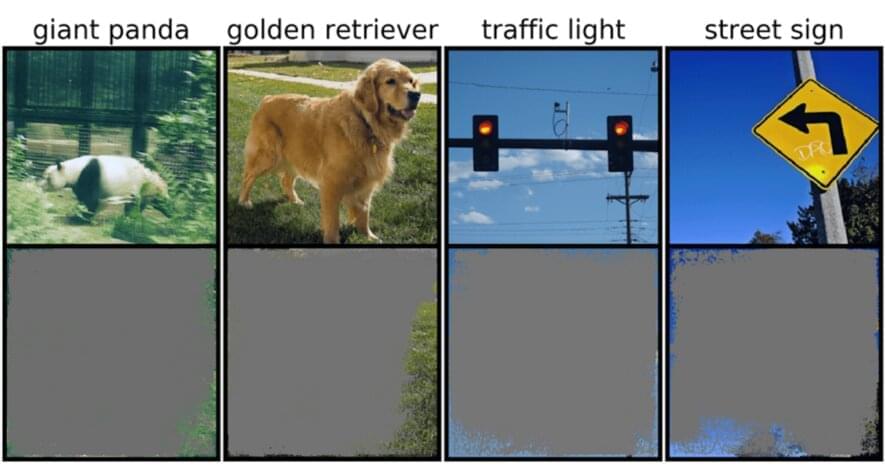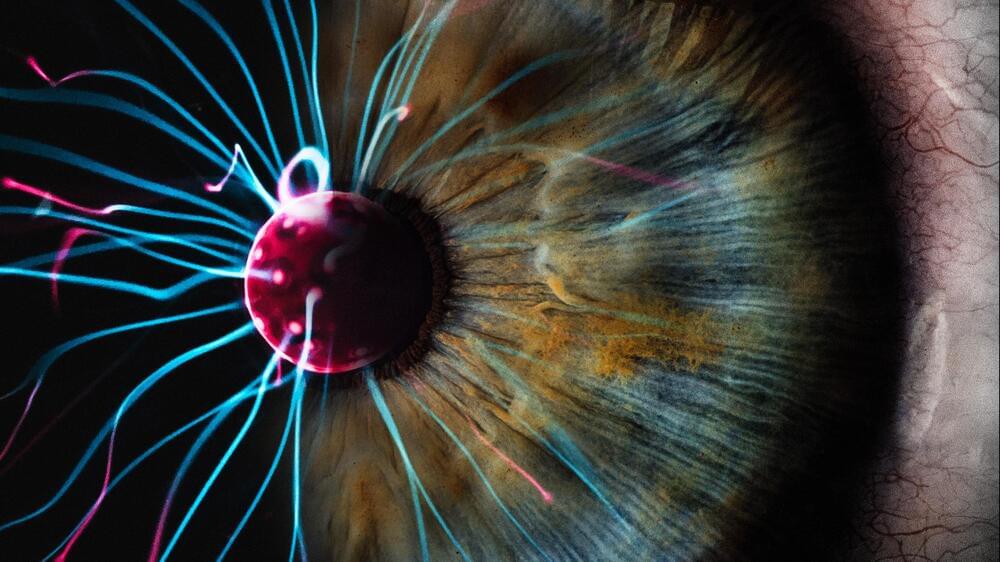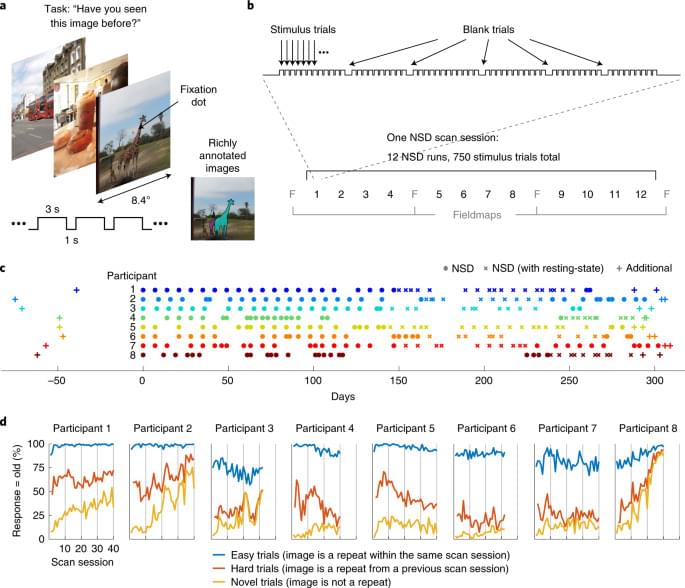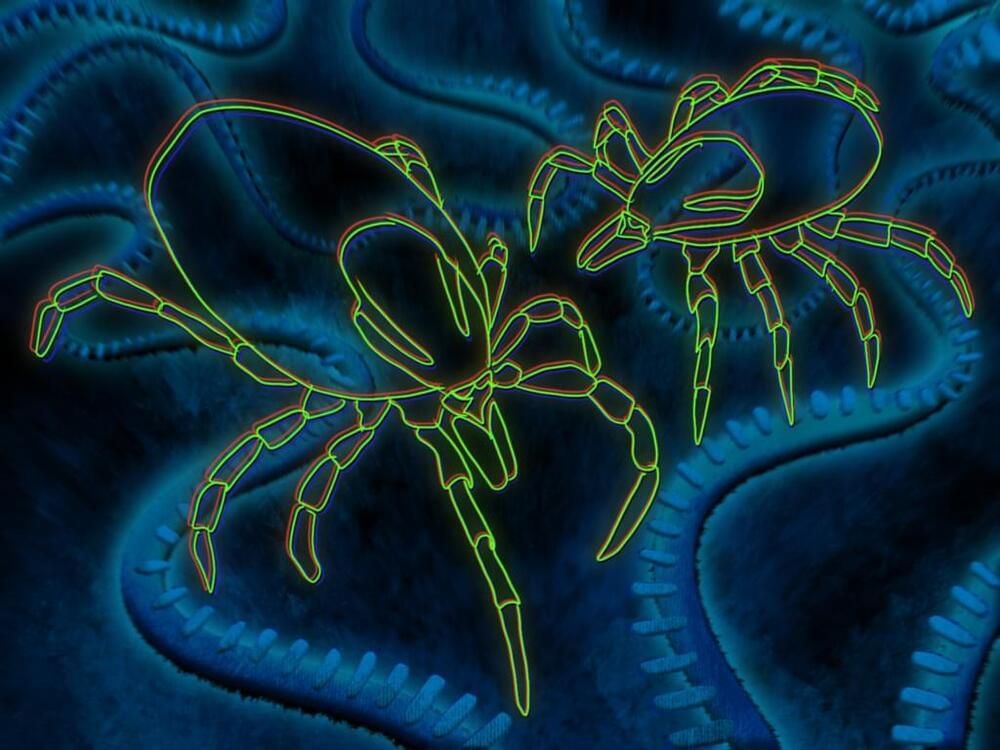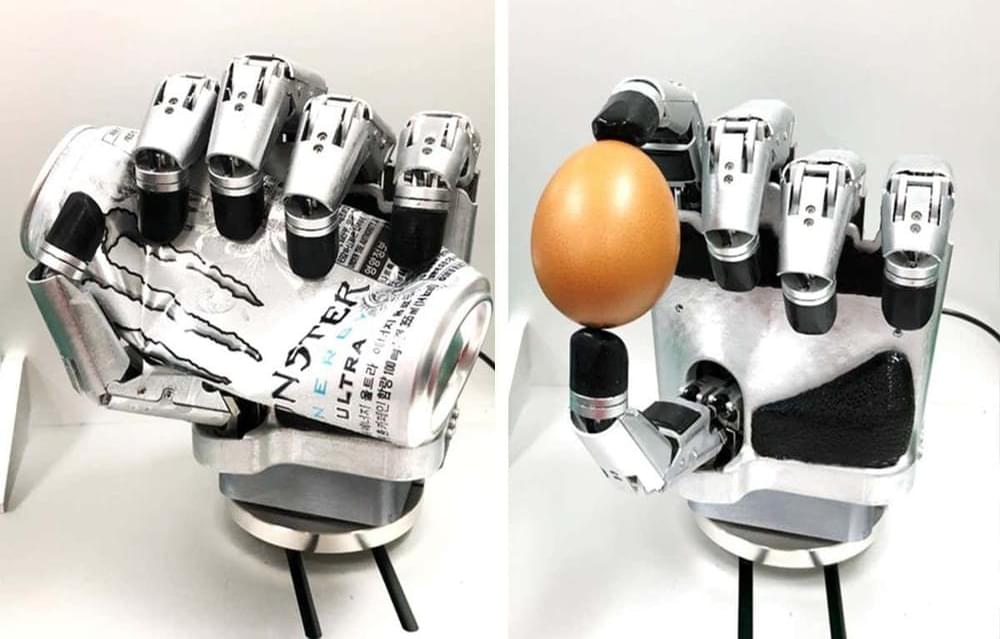A new fileless malware has been spotted using Windows OS registry as both persistent and temporary storage to evade detection.
In recent years, engineers have been trying to develop more effective sensors and tools to monitor indoor environments. Serving as the foundation of these tools, indoor positioning systems automatically determine the position of objects with high accuracy and low latency, enabling emerging Internet-of-Things (IoT) applications, such as robots, autonomous driving, VR/AR, etc.
A team of researchers recently created CurveLight, an accurate and efficient light positioning system. Their technology, described in a paper presented at ACM’s SenSys 2021 Conference on Embedded Networked Sensor Systems, could be used to enhance the performance of autonomous vehicles, robots and other advanced technologies.
“In CurveLight, the signal transmitter includes an infrared LED, covered by a hemispherical and rotatable shade,” Zhimeng Yin, one of the researchers who developed the system at City University of Hong Kong, told TechXplore. “The receiver detects the light signals with a photosensitive diode. When the shade is rotating, the transmitter generates a unique sequence of light signals for each point in the covered space.”
For all that neural networks can accomplish, we still don’t really understand how they operate. Sure, we can program them to learn, but making sense of a machine’s decision-making process remains much like a fancy puzzle with a dizzying, complex pattern where plenty of integral pieces have yet to be fitted.
If a model was trying to classify an image of said puzzle, for example, it could encounter well-known, but annoying adversarial attacks, or even more run-of-the-mill data or processing issues. But a new, more subtle type of failure recently identified by MIT scientists is another cause for concern: “overinterpretation,” where algorithms make confident predictions based on details that don’t make sense to humans, like random patterns or image borders.
This could be particularly worrisome for high-stakes environments, like split-second decisions for self-driving cars, and medical diagnostics for diseases that need more immediate attention. Autonomous vehicles in particular rely heavily on systems that can accurately understand surroundings and then make quick, safe decisions. The network used specific backgrounds, edges, or particular patterns of the sky to classify traffic lights and street signs—irrespective of what else was in the image.
Do we have free will?
Posted in chemistry, neuroscience
Is free will a phantom of brain chemistry, or are we truly in control of our lives? A question debated by great minds for millenia.
😃
The authors measured high-resolution fMRI activity from eight individuals who saw and memorized thousands of annotated natural images over 1 year. This massive dataset enables new paths of inquiry in cognitive neuroscience and artificial intelligence.
Yale researchers have developed an mRNA vaccine that targets the antigens found in tick saliva in order to alert individuals to tick bites as well as prevent the tick from feeding correctly, thereby reducing its ability to transmit pathogens.
😃
A highly dexterous, human-like robotic hand with fingertip touch sensors can delicately hold eggs, use tweezers to pick up computer chips and crush drink cans. The hand could eventually be used as a prosthetic or in robots that use artificial intelligence to manipulate objects.
Weighing 1.1 kilograms, the hand is 22 centimetres long and made of steel and aluminium. Each finger is driven by three small motors that fit within the palm and move metal parts that act like tendons around a total of 20 joints. This enables the digits to tilt sideways, to flex back and forth and to fold, giving the hand a range of movements comparable to that of a human hand.

